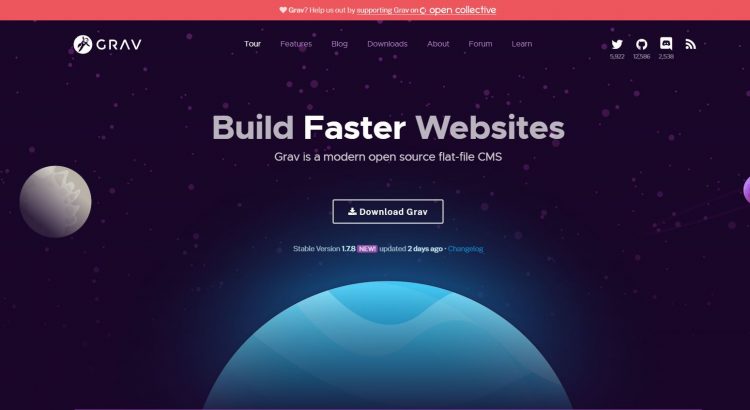I’ve been doing security researches on softwares for a quite long time. During these researchs, I often find myself in a situation where in I think about the state of mind of developers, problems that occur during developments and core problems of nature of software crafting teams. Thinking about these questions always lead me to realize possible software bugs.
People developers are tend to make mistakes by the nature of human being. Mistakes made by developers usually end up with software bugs. If there is a software bug, security researchers always try to take an advantage of this bugs and convert it to a software vulnerability. For that reason, I always start my research by defining a places in softwares where things left to the developer’s initiative. One of good the example for that ‘places’, which also main focus of this post, can be a session validations.
Read More




